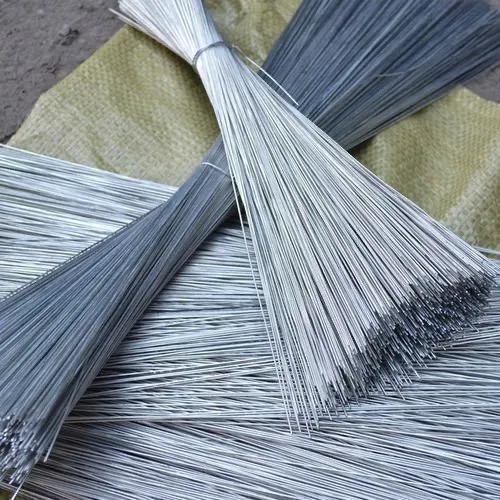9 月 . 30, 2024 20:39 Back to list
Creative Uses of Gabion Cages for Landscape and Erosion Control Solutions
The Versatility and Benefits of Gabion Cages
Gabion cages, often referred to simply as gabions, are structures made of wire mesh containers filled with rocks, concrete, or other materials. Originally developed for military purposes, gabions have evolved into versatile tools widely used in civil engineering, landscaping, and environmental restoration. Their unique design and functionality make them an effective solution for a variety of applications, including erosion control, slope stabilization, and aesthetic landscaping.
One of the primary advantages of gabion cages is their ability to provide excellent erosion control. In areas prone to soil erosion, especially near rivers, coastlines, or steep slopes, gabions serve as a protective barrier. The filled cages absorb the impact of water flow, which helps dissipate energy and reduce the speed of runoff. As water flows over the surface, the rocks within the cages filter sediments, allowing vegetation to establish in the surrounding areas. This natural process not only reinforces the soil but also promotes biodiversity by creating a habitat for various plants and wildlife.
In addition to erosion control, gabion cages are exceptionally useful in slope stabilization. Many construction projects are located near potentially unstable slopes that can create safety hazards. By constructing gabion walls, engineers can effectively anchor the soil while allowing water to flow through the structure. This permeability minimizes the risk of hydraulic pressure building up behind the wall, which can lead to structural failure. As a result, gabion cages provide a reliable solution for maintaining the integrity of slopes and mitigating landslide risks.
gabion cages

Gabion cages are not only functional but also aesthetically pleasing. They can be designed to fit harmoniously within the landscape, integrating seamlessly into natural environments. The stones used in gabions can vary in size, color, and texture, allowing for creative and custom designs. For example, gabion fences can be built to serve as decorative features in gardens, parks, or residential properties. This versatility enables architects and landscape designers to create striking visual elements while maintaining ecological benefits.
Furthermore, gabion cages are environmentally friendly. They are made from natural materials and can utilize locally sourced stones, reducing transportation emissions. Additionally, the use of gabions promotes the natural sedimentation process, allowing ecosystems to recover and flourish over time. They provide a sustainable option compared to traditional concrete structures, which can introduce pollutants and adversely affect local flora and fauna.
Installation and maintenance of gabion cages are generally straightforward. While they require an initial investment in the materials and labor, their longevity and durability often offset these costs. Gabions are resistant to weathering, making them an ideal choice for long-term projects. Over time, as vegetation grows around and within the gabions, they blend more naturally into the landscape, further enhancing their long-term appeal.
In conclusion, gabion cages offer a myriad of benefits that extend beyond their practical applications in erosion control and slope stabilization. Their versatility, aesthetic potential, and environmental advantages make them an attractive option for engineers, architects, and landscape designers alike. As awareness of sustainable practices grows, gabion cages are likely to become even more popular in future construction and landscaping projects. Whether used in urban development or natural restoration efforts, gabions represent a pragmatic and eco-friendly solution for modern challenges.
-
Secure Your Roof with Quality Roofing Nails
NewsNov.04,2024
-
Secure Your Property with Quality Field Fencing
NewsNov.04,2024
-
Enhance Your Space with Quality Mesh Fencing
NewsNov.04,2024
-
Discover the Versatility of Iron Wire for Your Projects
NewsNov.04,2024
-
Discover the Versatility of Common Nails for Your Projects
NewsNov.04,2024
-
Discover Quality Hydraulic Fittings for Your Applications
NewsNov.04,2024









